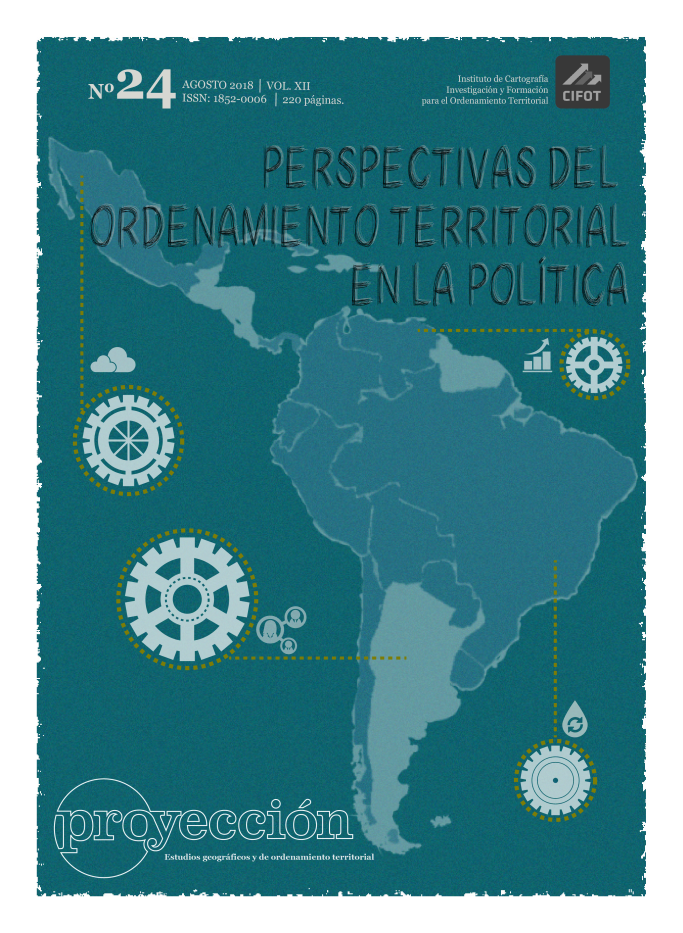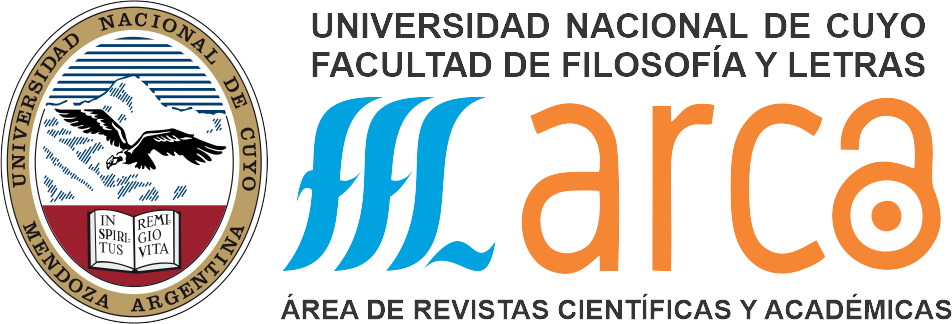Integrated Management of Water Resources and Water Security in Community Water Management: Case of Autonomous Drinking Water Committees in Alto Lerma Basin.
Keywords:
Local management, Water Comittee, Communities, Water securityAbstract
The Lerma Basin has suffered countless human interventions, from the transfer in the mid-twentieth century to urbanization and industrialization. The municipalities that are part of the High Course in this Basin have been organized in different ways to have access to water. The process of decentralization has been locally questioned since the expected results have not been achieved, and the water management organizations such as municipal committees, autonomous committees, and neighborhood organizations are in a process of adaptation to not disappear. The different practices carried out by the managing organizations and the beneficiary inhabitants correspond or do not correspond to the national models foreseen. Therefore, on the one hand, the purpose of this paper is to identify the actors and existing relationships in water management of three municipalities that are part of the Alto de la Cuenca of Alto del Lerma course. On the other hand, to analyze the possibilities and challenges that are found in this region based on the Integrated Management of Water Resources (GIRH, its Spanish acronym) and Water Security (SH, its Spanish acronym). The methodology consists of the documentary review of the water policy of Mexico, the application of semi-structured interviews to the water managers in each municipality, and the application of a questionnaire to the inhabitants. As a conclusion, there is a wide diversity of local and community water management in the selected micro-region. This variability has to do with urban phenomena such as population growth, the disordered construction of housing, and water policy. Although each municipality has physical limits, its relations make a complex territorial overlap that evokes different areas of influence, so it is necessary to think of territorial planning and service management methods that overcome traditional limitations and support national water policy. In this sense, the GIRH and SH, conceptually, are limited by the contextual conditions of the localities, the local adaptations of the policy, and the capacities of the actors. Simultaneously, we can find elements of these kind that are applicable and observable in water management organizations, as it is the case of drinking water committees and their community management
References
AYUNTAMIENTO DEL MUNICIPIO DE XALATLACO (2009). Plan de Desarrollo Municipal de Xalatlaco 2009-2012. H. Ayuntamiento de Xalatlaco, p. 56.
COOK, C., & BAKKER, K. (2012). Water security"¯: Debating an emerging paradigm. Global Environmental Change, Vol. 22, Issue 1, Pag. 94–102. https://doi.org/10.1016/j.gloenvcha.2011.10.011
COSER, L. (1970), Nuevos aportes a la teoría del conflicto social. Buenos Aires, Argentina: Amorrortu.
GALINDO-ESCAMILLA, E. (2007). Pequeños sistemas de agua potable: entre la autogestión y el manejo municipal en el Estado de Hidalgo, México, en Agricultura, Sociedad y Desarrollo, julio-diciembre, México.
GASGA, J. (2014). Gobernanza y gestión comunitaria de recursos naturales en la Sierra Norte de Oaxaca Introducción. Región Y Sociedad, (55).
GÓMEZ Y PALERM, J. (2014). De pipas y piperos: el abastecimiento de agua potable en las zonas periurbanas de valle de Texcoco. Tercer Congreso Red de Investigadores Sociales Sobre Agua, 9 al 11 de abril.
GREY, D., & SADOFF, C. W. (2007). Sink or Swim"¯? Water security for growth and development, Water Policy Vol 9, Issue 6, pag. 545–571. https://doi.org/10.2166/wp.2007.021
MARTÍNEZ-AUSTRIA, P. F. (2013). Los retos de la seguridad hídrica, IV, 165–180.
OSTROM, E. (2007). El gobierno de los bienes comunes. La evolución de las instituciones de acción colectiva. CRIM-UNAM y Fondo de Cultura Económica, México.
PARÉ, L. (2012). Al filo del agua: cogestión de la subcuenca del río Pixquiac, Veracruz.
SADOFF, C. W. (2009). La Gestión del Agua , la Seguridad Hídrica y la Adaptación al Cambio Climático"¯: Efectos Anticipados y Respuestas Esenciales.
INEGI (2016). [En Línea], disponible en: http://www.inegi.gob.mx/ [Acceso el 02 de enero de 2016]
Página oficial del municipio Santiago Tianguistenco (2015): [En Línea], disponible en: http://www.tianguistenco.gob.mx/ [Acceso el 12 de junio de 2015]
Página oficial del municipio Almoloya del Río: [En Línea], disponible en: http://www.almoloyadelrio.gob.mx/ [Acceso el 02 de julio de 2015]
Página oficial del municipio Xalatlaco: [En Línea], disponible en: http://www.xalatlaco.gob.mx/ [Acceso el 12 de enero de 2016]
Downloads
Published
How to Cite
Issue
Section
License

This work is licensed under a Creative Commons Attribution-NonCommercial-ShareAlike 3.0 Unported License.
La revista Proyección establece las siguientes condiciones de publicación para los/as autores/as:
- Los/as autores/as conservan los derechos de autor y ceden a la revista el derecho de publicación bajo la Licencia Creative Commons Atribución-No Comercial-CompartirIgual 3.0 No portada (CC BY-NC-SA 3.0) que permite a terceros copiar, distribuir, exhibir y ejecutar la obra citando siempre la fuente y los datos de autoría según la norma prevista por la Revista Proyección. Esta licencia no permite el uso de la obra con fines comerciales.
- Todos los trabajos publicados por Proyección, Estudios Geográficos y de Ordenamiento Territorial serán bajo la modalidad de gratuidad para autores/as y lectores/as.










